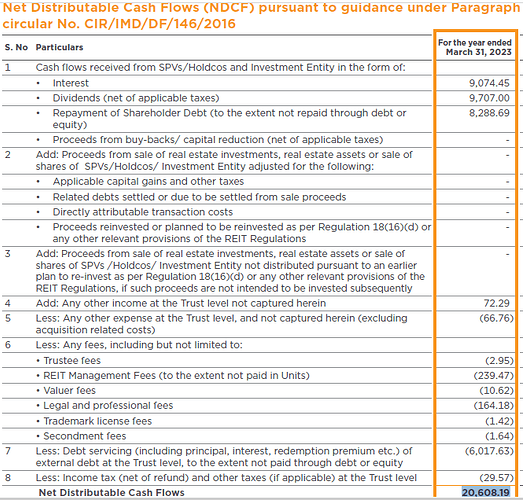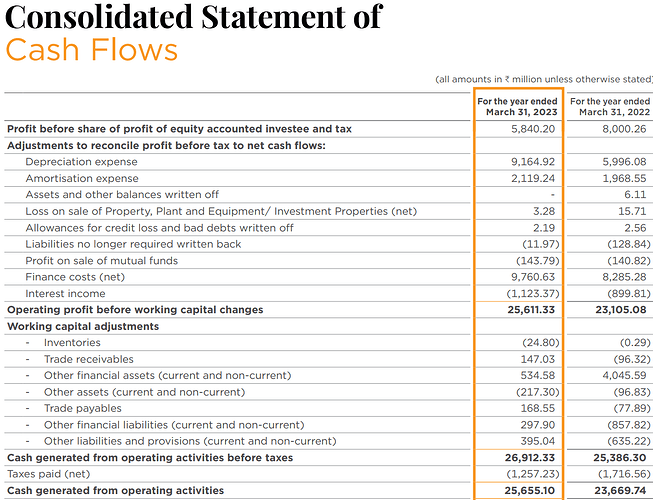@Amit2saxena
First thanks for seeking my view. I feel there is transition in business model of Embassy REIT which is affected by internal as well as external factors. Let me list same as per my understanding:
1) Internal factors:
a) Promoter selling:
Currently both the promoter group of Embassy REIT, Embassy as well Blackstone are facing tough weather, particularly Embassy group, which resulted in liquidation of their holding in last 6-12 months. That has increased supply as well as Negative perception in market about Embassy group. Secondly, even Blackstone Group global REIT facing some problem in other markets (like frozen liquidation of units) along with some sale of units as also added uncertainty and negative perception about Embassy REIT promoters in my opinion.
b) Change in KMP
With last 18-24 months, Embassy REIT has seen 3 MD/CEO. The existing CEO has also liquidated his holding in Embassy REIT which further added negative perception (and rightly so) in my view.
c) No Guidance in Q4FY23 Con call:
Not giving guidance on Q4FY23 Earning call for FY2024 further added uncertainty to investor mind as it raised concern about business outlook for FY2024. Although management, in Q1FY24 earning call given Guidance, it is still to reach highest distribution of past. Enclosed is table of Quarter wise distribution of Embassy REIT.
Even at Midpoint 21.25 per unit for FY24, the guidance given is lowest in last 5-year history. That is also after adding multiple assets in the portfolio.
d) Change in business income
During last two years, share of hotel business has gone up materially due to opening up post COVID. However, margin in hotel business is almost 40-50% of Commercial office space. Other thing being same, increase in Office lease income would directly add to NCDF from NOI, in case of hotel, it is much lesser addition to NCDF.
2) External factors:
a) Exit by large client
The revenue as well occupancy adversely affected by exit of large client. Further, work from home has reduced demand from IT services for office space. The company has definitely put efforts to move to increased client in GCC space which is likely to show very high growth in Indian office market in General, and in Bengaluru in particular in my view. However, the lower demand from IT services resulted in very high space, while Global Captive are testing Indian market with lower initial demand and would peak up demand for office space in next 3-5 years.
b) Global REIT market concern
Globally, occupancy and rent in REIT market has declined post COVID. That has resulted in negative perception for Indian REIR as well
c) SEZ related issue
SEZ units vacated by IT services are not being able to be absorb due to lower demand. That factor has affected industry as well Embassy REIT. While management is trying to address this by denotification, but it still takes long time resulting in higher vacancy rates.
d) Increase in global and domestic interest rate
While interest rate increased resulted in higher interest cost on existing debt for Embassy REIT, increase in Global interest rate also improved attractiveness for other investment avenue for Global institutional investors. Further, the company modernisation and capitalisation of new office space and hotels, have hit Profits and cashflow, occupancy and benefit of same would materialise over 2-3 years’ time.
e) Budget 2024
Budget 2024 announced that Capital redemption from REIT and Invite would be subject to marginal income tax of investors, which was otherwise considered as not taxable by investor. While subsequent amendment did address this issue and clarify tax structure, damage was already done about uncertainty of tax structure of InvIT/REIT units.
All above factors have contributed to decline in distribution and price of Embassy REIT. Embassy REIT among my Top 2 Debt portfolio investment. I see most of negative development have already played out and expected further 6-12 months of challenging environment. However, if Global Captive demand pick up and Interest rate stabilise, I think this may be best time to invest in Embassy REIT from 5-7 years perspective. Since, I already have very large existing position, I would personally wait and watch before adding further investment.
Disclosure: In case of any further development on promoter concerns/KMP exit, I may completely exit from Embassy REIT without informing forum. So, reader shall do their own due diligence and take their own decision. My track record in forecasting is poor as best pathetic in reality. My view may be biased due to my holding. Not SEBI registered advisor.





